culture, japanese festival, japanese food, moon viewing, tsukimi
Traditional Tsukimi Foods: The Most Popular Moon-Viewing Foods

Anna Ayvazyan
Posted on August 30, 2022
Share:
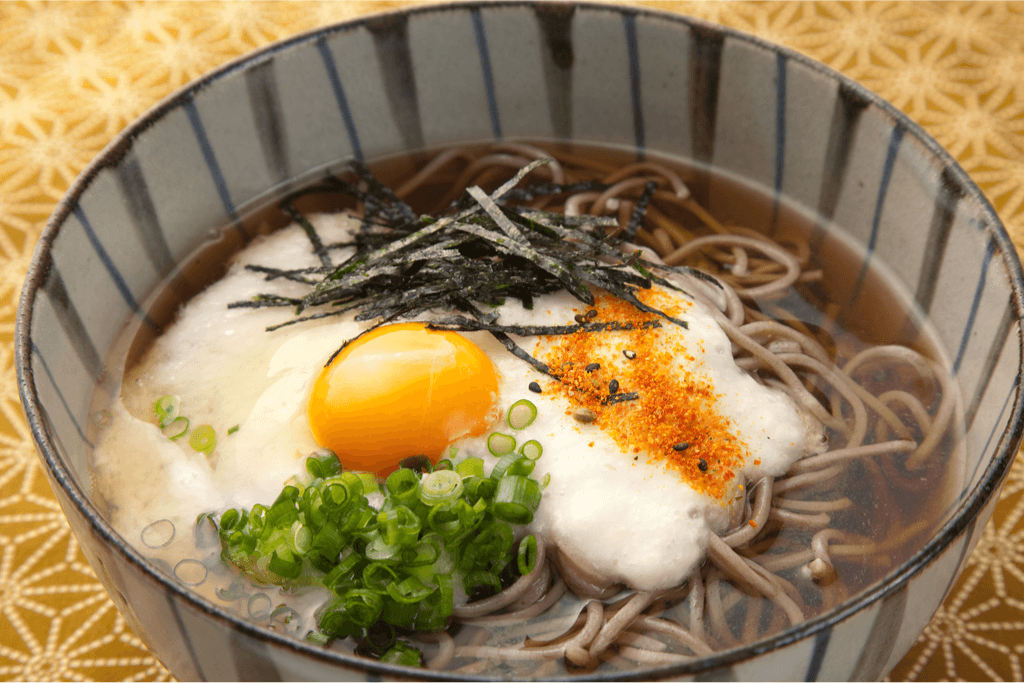
Tsukimi or moon-viewing is a Japan-wide festival held during the full moon phase in September or October. During this time, people gather to celebrate the harvest moon and eat traditional tsukimi foods. The moon festival is usually held on the 15th day of the 8th month of the Japanese lunar calendar. however, the date can vary on the Western solar calendar.
In 2022, tsukimi falls on the 10th of September. In this article, we will explore some of the many traditional tsukimi foods that people still eat today and offer to the moon at moon-viewing parties.
Tsukimi Foods
The Chinese Mid-Autumn Festival influenced this festival and was first celebrated in Japan sometime during the Heian period. Over time, the festival has evolved a lot, but its core traditional components remain the same: tsukimi foods, poetry reading, and sake drinking while admiring the moon’s beauty.
There are a variety of traditional foods and meals eaten during tsukimi, most notably tsukimi dango, sweet potato, and taro.
Tsukimi Dango
Dango or dumplings are the most indispensable food to serve during tsukimi. Typically, the dango packs sold in stores have 15 servings, representing the 15th night of the month. The dango is then served in a pyramid-like structure, with the top dango being yellow to represent the moon. When you eat the dango, you should carry the feeling of gratitude as it is said to bring good fortune and health if you do.
If you serve it at home, it is a good idea to have five to ten bunches of pampas grass, also known as susuki, around for decoration. This plant represents a bountiful harvest of rice plants and is said to help ward off evil spirits.
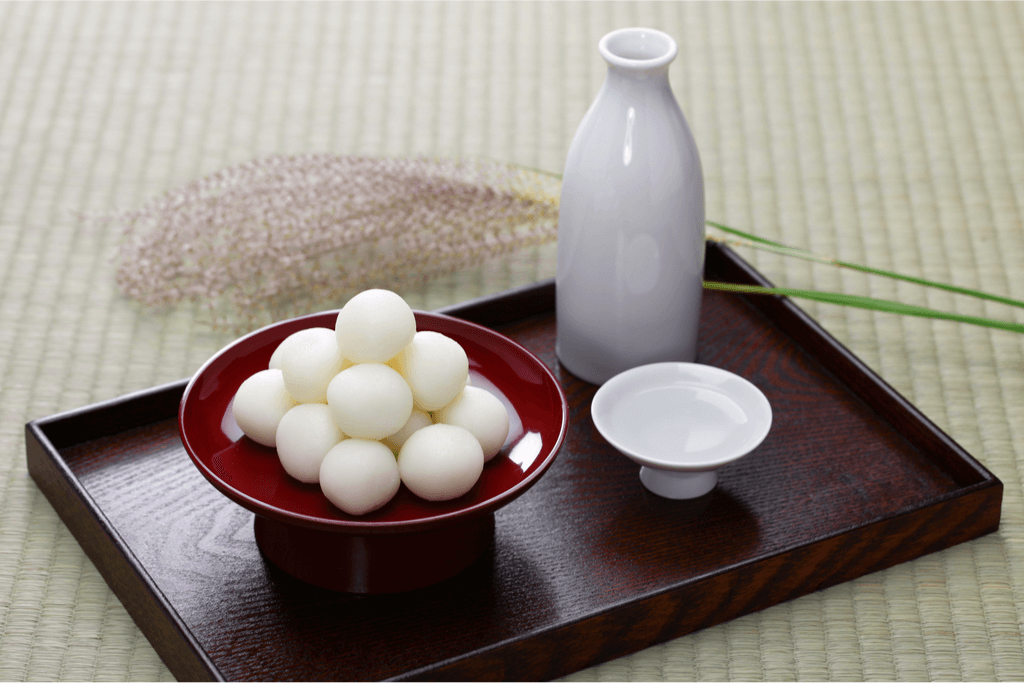
In Japan, some stores will sell individual dangos with rabbit or pampas grass designs. There are also regional differences in how the dango are prepared. In the Kansai region, the dango are shaped long to look like a Taro. Kyoto-style tsukimi dango also follows this trend, except people wrap them in red bean paste.
In Shizuoka, the center of the tsukimi dango is dented, and it is referred to as “Heso-mochi”. However, in Nagoya, the dango are shaped long to look like a raindrop and they come in three colors – white, pink, and black.
Looking to experience even more traditional Japanese foods like tsukimi dango? Check out Sakuraco! Sakuraco sends traditional Japanese sweets, snacks, home goods and tea straight to your door.
Tsukimi Soba
Tsukimi soba is another traditional tsukimi food made with hot buckwheat soba noodles served with an egg yolk on top which is meant to resemble the full moon. You can also add grated yam to represent pampas grass. If you don’t have soba you can substitute the noodles with udon noodles to make tsukimi udon. In Japan, raw egg is safe to eat and is commonly used as the topping but you can use soft or hard-boiled eggs if you want.
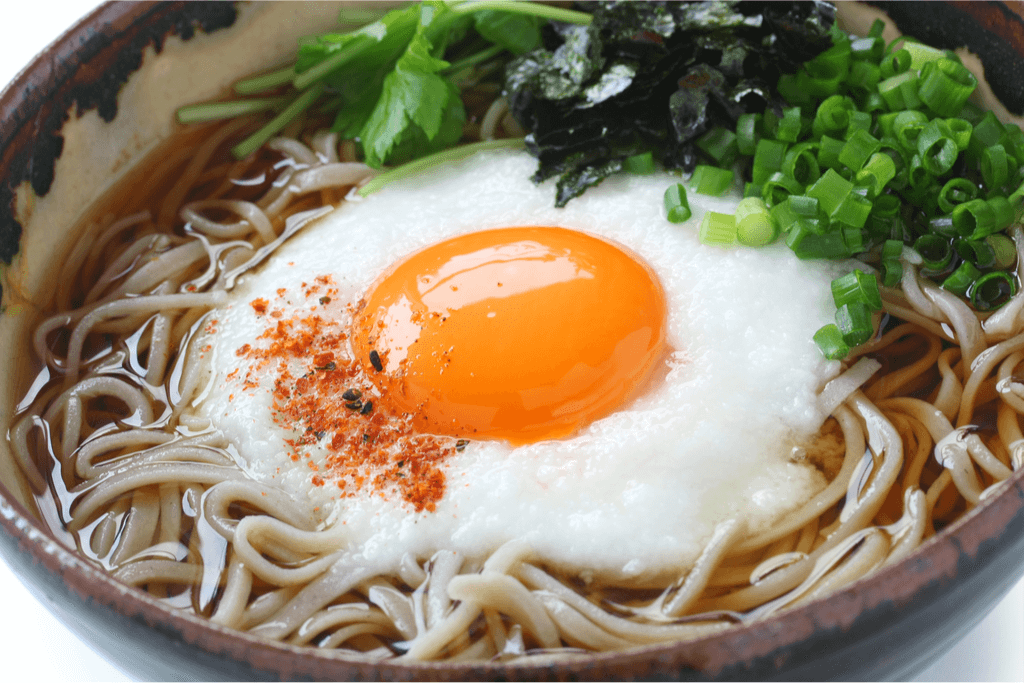
Sweet Potato Rice or Chestnut Rice
Both sweet potatoes and chestnuts are in season during tsukimi so it’s popular to make rice dishes that mix the ingredients together. When the sweet potatoes or chestnuts are cut their yellow color can be seen – their yellow color is a metaphor for the full moon. This is called satsumaimo gohan.
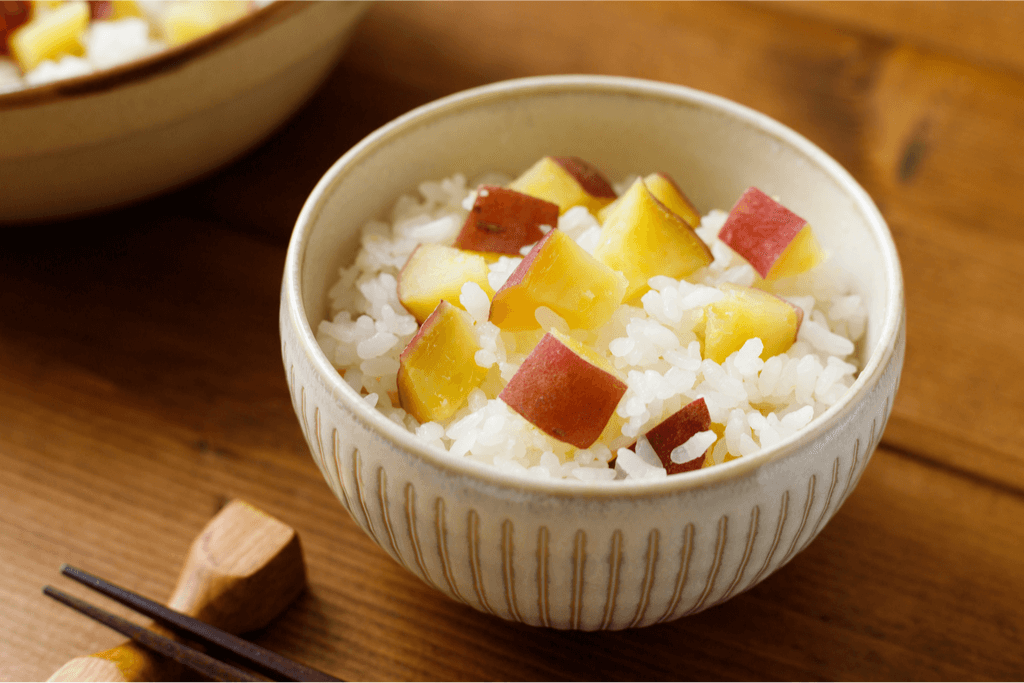
Kenchin-jiru
Kenchin-jiru is a vegetable soup made with plenty of autumn ingredients that can be enjoyed with a large group of people. The most common ingredients are daikon radish, carrots, burdock root, konnyaku, and tofu. These ingredients are seasoned with dashi stock, soy sauce, and mirin. This soup is perfect for the typically chilly moon-viewing season.
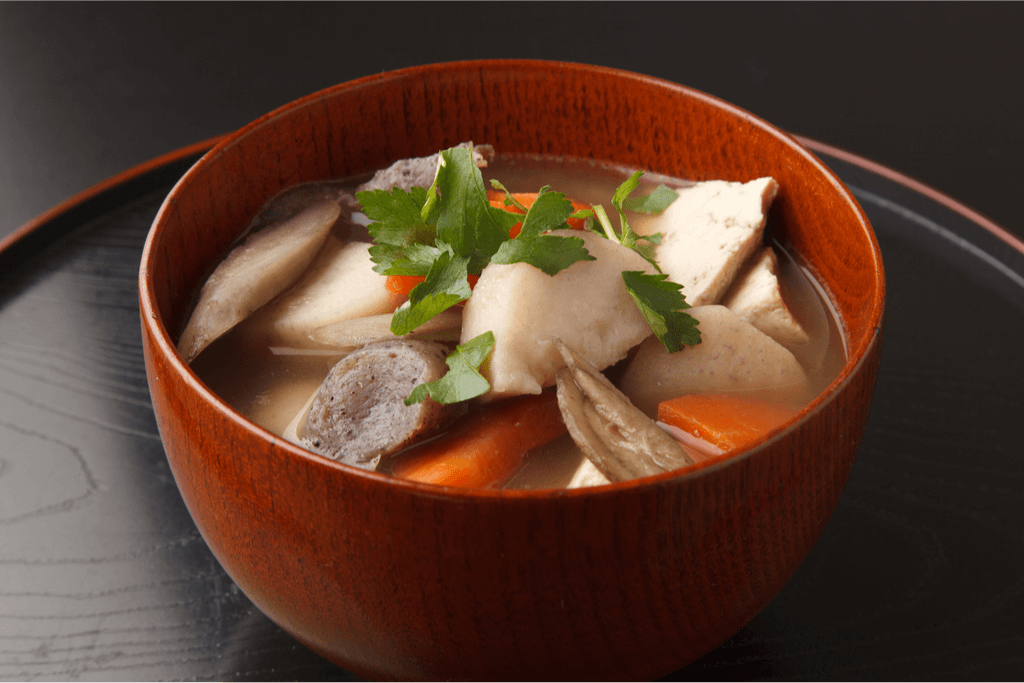
Kinukatsugi
Kinukatsugi is steamed or boiled taro potato while its skin is still attached. It is eaten by peeling the skin and adding salt. It used to represent the moon before dango became the signature dish of tsukimi.
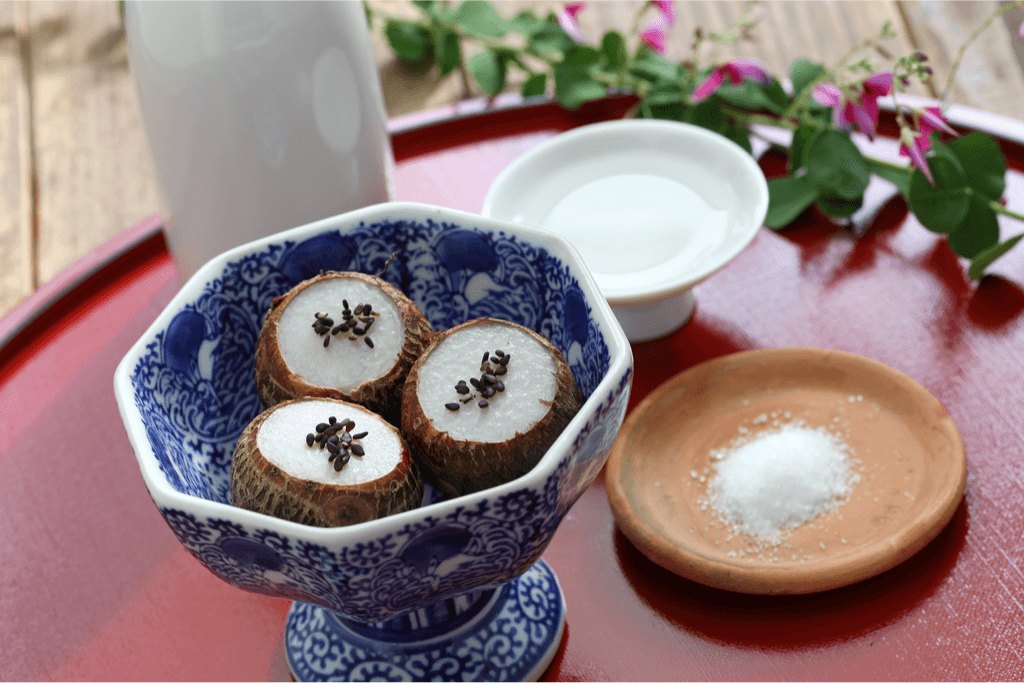
Tsukimi Sake
It is said that since ancient times there has been a custom, referred to as tsukimatsuri, where people drink sake and admire the moon’s beauty, and give thanks to God for the harvest.
Food Offerings of Traditional Tsukimi Foods
Taro
People refer to the harvest moon as “Imo Meigetsu”, whihch means “potato moon”. Ths is because it was thought the moon looks like a taro potato (satoimo). Taro was the staple food in Japan before rice, so it was used as an offering to express gratitude and a bountiful harvest.
Other vegetables such as green soybean and radishes are also commonly used as offerings.
Fruits
Grapes are the most commonly offered fruits during tsukimi season because they’re considered to be lucky. Traditionally, people see vines as the bridge between themselves and the gods. Other offerings include persimmons and pears.
These are just some of the many traditional tsukimi food and offerings that people enjoy during moon-viewing season in Japan? Have you eaten any of these traditional dishes before? Which ones would you try? Let us know in the comments below!

Discover authentic flavors with Sakuraco
Get Sakuraco 

Discover authentic flavors with Sakuraco
Get Sakuraco 
Related Articles
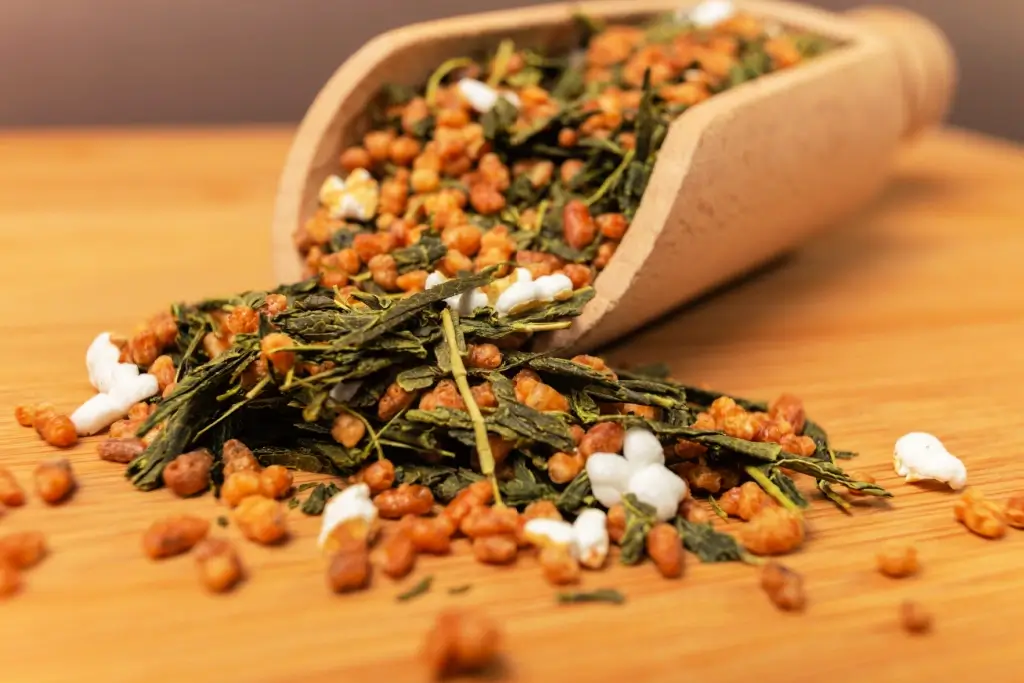
Genmaicha: Amazing Brown Rice Tea from Japan!
One of the most unique and popular teas in Japan is genmaicha. Let’s dive in and discover the exciting characteristics of this drink and how to enjoy it easily at home!
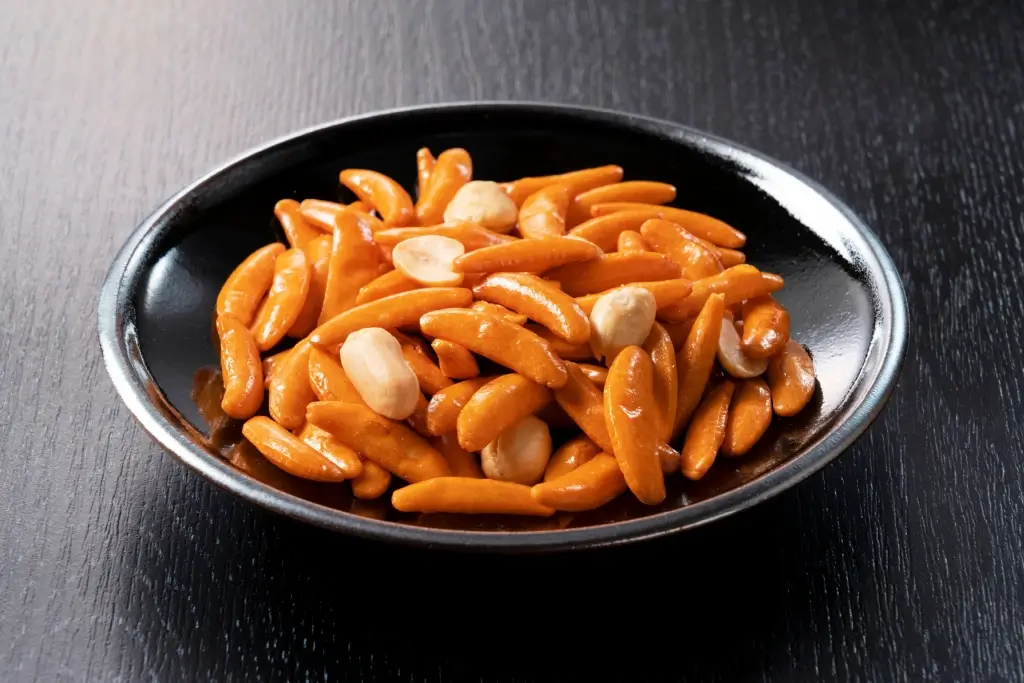
Kaki no Tane and More Types of Senbei
Senbei is a traditional rice cracker snack that has been loved by the people of Japan for generations. So, let’s look at some of the most popular types of senbei, starting with kaki no tane!
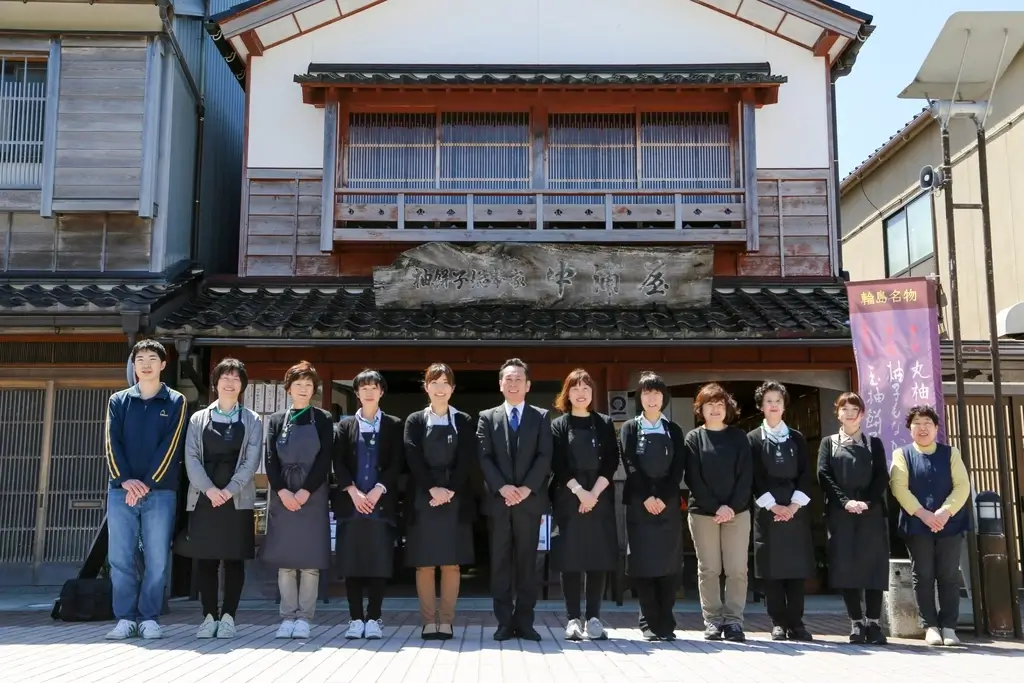
Yuzu Senbei from Nakauraya: An Amazing Snack from Ishikawa!
Imagine biting into a crisp rice cracker that suddenly bursts with the bright, citrusy flavor of Japan’s beloved yuzu fruit. That’s the magic of Nakauraya’s yuzu senbei, a mouthwatering treat that captures the essence of Ishikawa Prefecture in every bite.
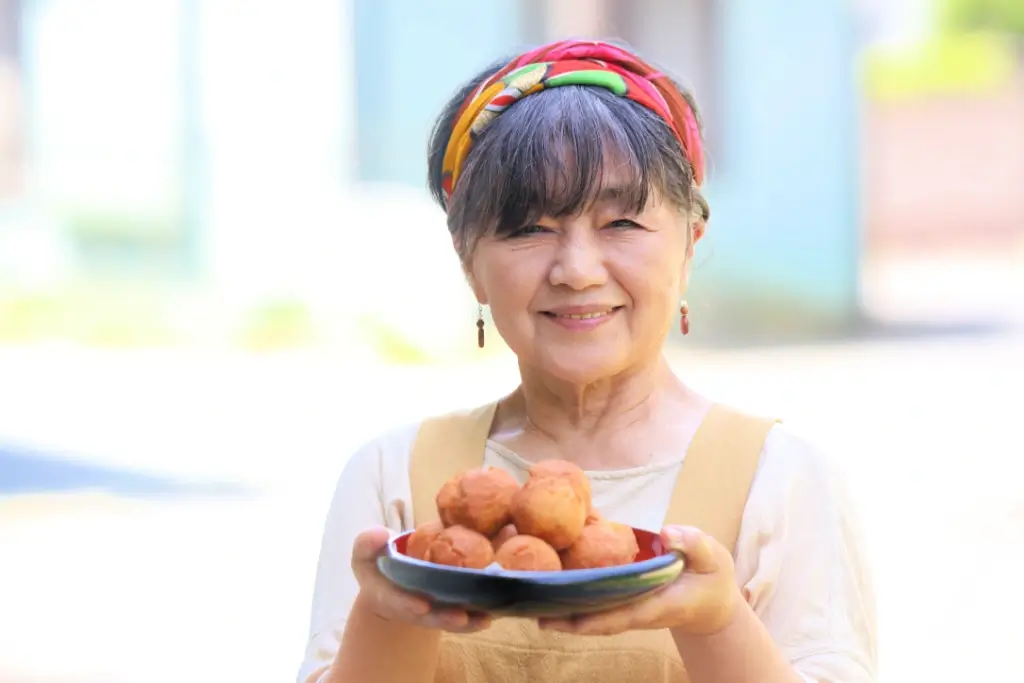
Sata Andagi and More Great Ryukyu Cuisine
Sata andagi, often called Okinawan doughnuts, are a beloved traditional snack. Let’s look at more great food from the area!



